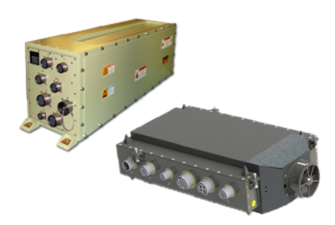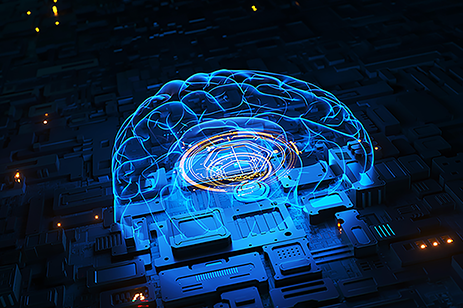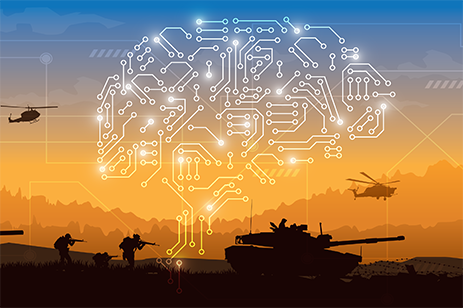
Simulating human intelligence for defense and aerospace
Artificial intelligence extends machine learning techniques to incorporate behaviors and outcomes so computers can come even closer to simulating human intelligence. The ability for AI to mimic humans’ cognitive intelligence enables computers to apply the knowledge gained through previous actions to continuously improve its intelligence level and decision-making capabilities.
Machine Learning and Artificial Intelligence in Defense and Aerospace Applications
This white paper discusses the terminology, applications, challenges and technology enablers for machine learning, deep learning and AI in the aerospace and defense markets.
The enabling technologies for the high-performance hardware that’s required for machine learning and AI applications is primarily developed by industry leaders such as Intel and NVIDIA. Both companies offer software frameworks based on common industry standards so developers can implement machine learning and AI algorithms on a variety of hardware platforms.
Why AI is needed on the battlefield in addition to the data center
Analyzing large amounts of data to complete complex deep learning algorithms can require significant processing capabilities. That’s why so much of today’s data processing for AI takes place within traditional computer data centers. However, relying upon centralized processing exclusively at the data center has some inherent limitations. Deep learning on the battlefield that leverages local embedded processing becomes mandatory for multiple reasons, including bandwidth, security, and availability. Some of the applications that AI makes possible on the battlefield include:
- Smart unmanned vehicles
- Helicopter and jet aircraft
- Border/maritime surveillance and intruder tracking
Tensors in Artificial Intelligence
Tensors are the most fundamental data type used in all major artificial intelligence (AI) frameworks. A tensor is a container shaped to fit our data perfectly while defining the maximum size of the tensor. Think of a tensor as a multi-linear map. Given a set of coordinates (or expand out to functions or other objects), each of these coordinates can be transformed according to a set of rules (linear transformations) into a new set of coordinates. The key here is that each coordinate can have a unique transformation.
HPEC - Data center at the tactical edge
Artificial intelligence (AI) fundamentally changes human capabilities, operations, and decision-making. The ability to process vast data and make near-instantaneous decisions revolutionizes defense systems. High-performance computing (HPC) that runs advanced AI algorithms has typically been the domain of the data center.
When access, latency, or other criteria limit or exclude data center access, modern aerospace and defense systems need to take the data center with them. Curtiss-Wright miniaturizes data center resources into scalable, high-performance embedded computing (HPEC) systems and scalable system building blocks for use in the most SWaP constrained applications deployed in the harshest environments. Using a modular open system approach (MOSA) to HPEC, we mirror fundamental data center capabilities with NVIDIA GPGPU parallel processing engines, Intel server-class DSPs with AI accelerators, wideband switches, dense storage, and the latest Xilinx FPGA technology.
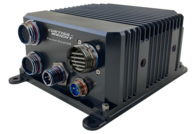 Learn More
Learn More
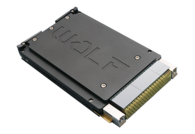 Learn More
Learn More
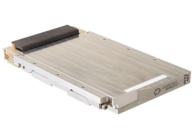 Learn More
Learn More
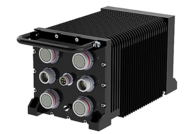 Learn More
Learn More
